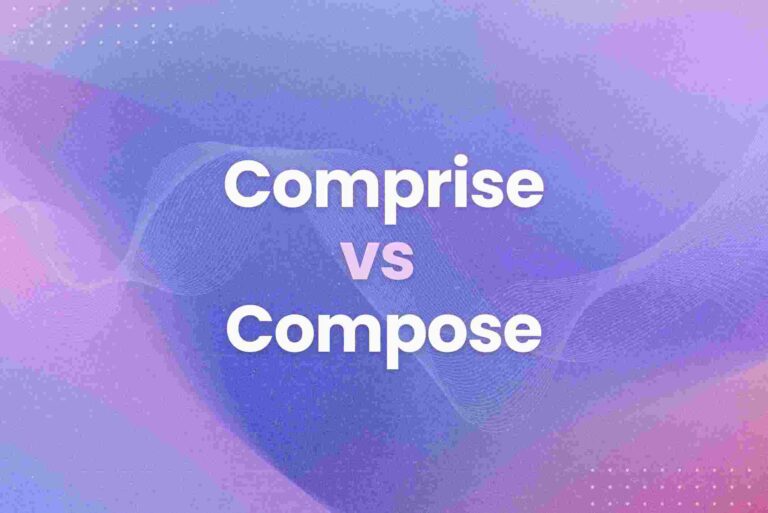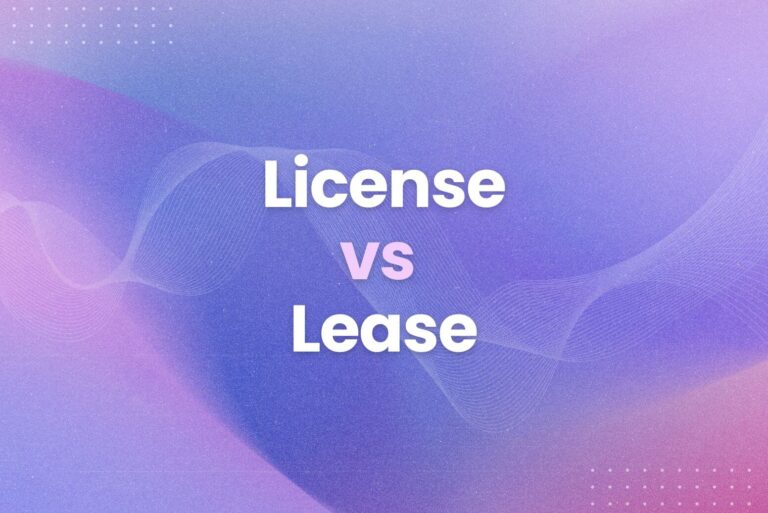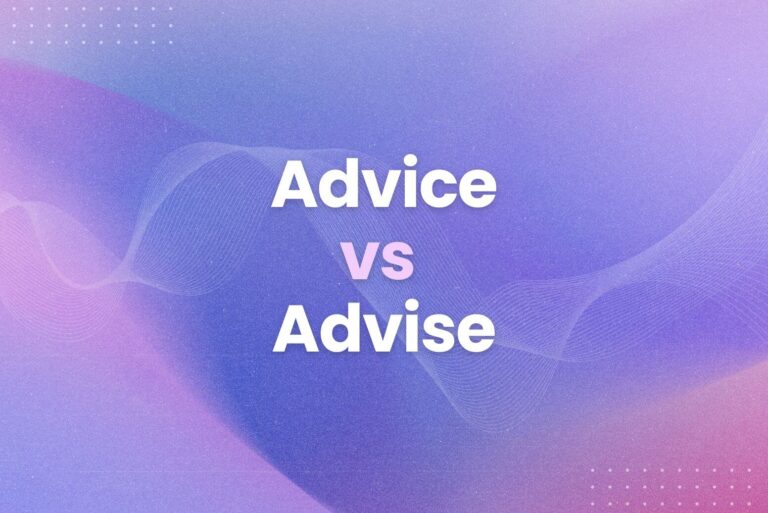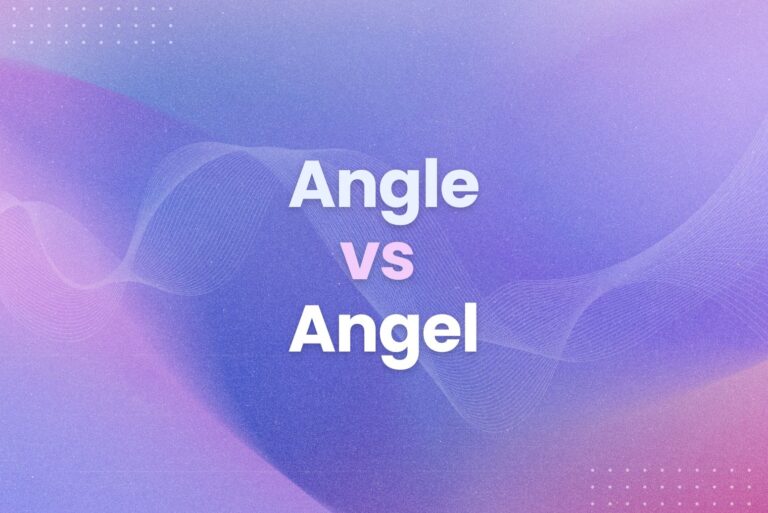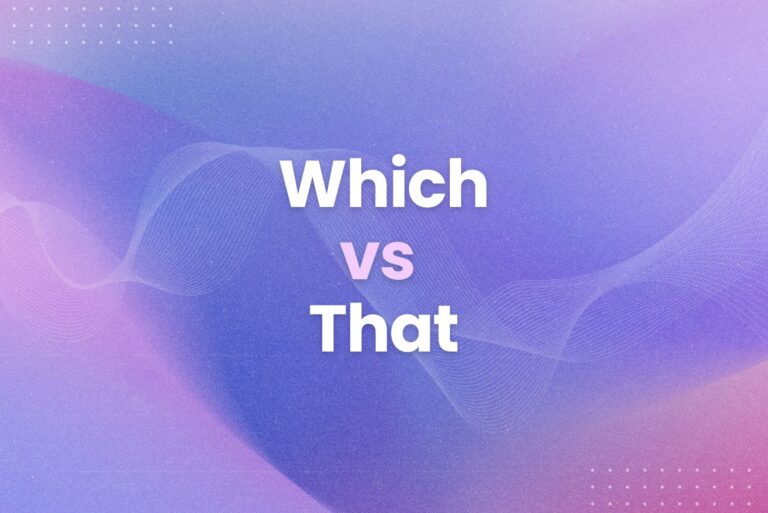Cord vs Chord: Are You Using Them Correctly? Find Out Now!
Tripped over the difference between cord vs chord? You’re not alone. These two words are a common source of confusion, even for seasoned writers. We’ll clear up the mystery surrounding these tricky homophones, so you can use them correctly every time.
Here’s what we’ll cover:
- Firstly, the simple difference between cord vs chord.
- Secondly, easy memory tricks to help you remember which is which.
- Lastly, real-world examples of how to use each word correctly.
Let’s get started.
The Simple Difference Between Cord vs Chord
The difference between “cord” and “chord” is simple, yet easily mixed up. They sound the same, but their meanings are quite distinct. Think of it this way: a cord is a rope or strand, while a chord relates to music or geometry.
A cord is a flexible, often thick, strand made of multiple fibers twisted or braided together. We use cords for all sorts of things, from shoelaces and electrical wires to the umbilical cord connecting a mother and baby. For instance, you might say, “I need a new charging cord for my phone.”
On the other hand, a chord has two main meanings. In music, a chord is a combination of three or more notes played simultaneously. A guitarist strums chords on their instrument. In geometry, a chord is a straight line segment that connects two points on a curve, like a circle. For example, “The longest chord in a circle is its diameter.”
So, to recap:
- Cord: A rope or strand (physical object).
- Chord: A musical term or a line in geometry (abstract concept).
In short, this simple distinction can make a big difference in your writing. Using the wrong word can lead to confusion and make your writing look unprofessional. Therefore, it’s vital to get it right.
Easy Memory Tricks to Help You Remember Which is Which
Now that we’ve defined the difference, let’s look at some easy memory tricks to keep “cord” and “chord” straight. These little mental shortcuts can help you choose the right word every time.
- Cord: Think of a cord as something physical. It’s a tangible object you can hold. Picture a physical cord, like an extension cord or a jump rope. The “c” in cord can remind you of concrete or cable.
- Chord: Chord has a few associations. Firstly, in music, you hear a chord. The “h” in chord can remind you of harmony. Secondly, in geometry, a chord is a line, and both words have an “o” in them.
In addition, another trick is to consider the context. If you’re talking about something you can touch or see, it’s probably a cord. If it relates to music or math, it’s likely a chord.
Finally, don’t underestimate the power of repetition. The more you practice using these words correctly, the easier it will become. Try writing sentences using both words, or even quiz yourself. Over time, you’ll develop an instinct for which word to use.
And, of course, Arvin, the AI writing assistant, is always there to double-check your work. Arvin can quickly identify if you’ve used the incorrect word and suggest the correct spelling, saving you time and potential embarrassment. For instance, imagine you’re writing an email to a musician. You type, “I need a new cord for my guitar.” Arvin can instantly flag this error and suggest “chord” instead. This feature is invaluable for ensuring your writing is clear and accurate.
Real-World Examples of How to Use Each Word Correctly
Let’s solidify your learning with some real-world examples of how to use “cord” and “chord” correctly. Seeing these words in context will make it even easier to remember the difference.
Cord Examples:
- “The electrician replaced the frayed cord on the lamp.” (Physical object)
- “She tied the package with a strong cord.” (Rope)
- “The baby’s umbilical cord was cut shortly after birth.” (Biological connection)
- “He used a bungee cord to secure the luggage to the roof of the car.” (Elastic rope)
- “My phone’s charging cord is tangled again.” (Electrical wire)
Chord Examples:
- “The guitarist played a beautiful chord progression.” (Musical term)
- “In geometry, a chord connects two points on a circle.” (Geometric term)
- “The song features a complex chord structure.” (Musical term)
- “He strummed a minor chord on his acoustic guitar.” (Musical term)
- “The architect calculated the length of the chord needed for the bridge design.” (Geometric application)
So, can you see how different the contexts are? Thinking about the specific situation will help you determine which word is correct. If you’re describing something tangible, it’s almost certainly a cord. If you’re discussing music or geometry, it’s a chord. These examples should make the distinction clear.
Cord vs Chord? You’ve Got This! Write with Confidence Using Arvin
We’ve covered the key differences between cord vs chord, provided helpful memory tricks, and explored real-world examples. You’re now well-equipped to use these words correctly in your writing. Remember, practice makes perfect.
Here’s a quick recap of our key takeaways on cord vs chord:
- Firstly, a cord is a physical strand, like a rope or wire.
- Secondly, a chord relates to music (a combination of notes) or geometry (a line segment).
- Also, memory tricks can help you distinguish between the two.
- Lastly, context is crucial for choosing the right word.
Now that you’re a “cord” and “chord” pro, you can write with even more confidence. And for an extra layer of assurance, Arvin, the AI-powered browser extension, is always there to lend a hand. Arvin can instantly check your grammar and spelling, ensuring your writing is error-free. So, go ahead and put your new knowledge to use, knowing that Arvin has your back.
FAQs About Cord vs Chord
What’s the difference between chord and cord?
A cord is a physical strand, like a rope, wire, or even the umbilical cord. A chord refers to music (a group of notes played together) or geometry (a line segment connecting two points on a curve). Think physical vs. abstract.
What is the difference between chords and cords?
“Chords” is the plural of “chord,” referring to multiple musical chords or geometric chords. “Cords” is the plural of “cord,” referring to multiple physical strands. For example, “The guitarist learned several new chords,” and “I need to buy some new cords for my blinds.”
Is it vocal cord or chord?
It’s vocal cord. Vocal cords are the flexible tissues in the larynx that vibrate to produce sound. They are physical structures, hence “cords.”
Is it cord or chord UK?
The spelling and usage are the same in the UK and the US. Both countries distinguish between “cord” (physical strand) and “chord” (music/geometry). Therefore, it’s important to note that the usage of these words are consistent across different English-speaking regions.
